MAMucker
Bronze Member
- Joined
- Feb 2, 2019
- Messages
- 1,636
- Reaction score
- 2,980
- Golden Thread
- 0
- Location
- Massachusetts
- Primary Interest:
- Other
This one has me intrigued, and I'd like to know what the forum thinks about it.
It has been tossed and polished and left with a shiney rusty patina. I'm not sure about the lithic, but it could be made from a native quartzite.
I'm on the fence between a Paleo and an Eared Triangular Brewerton. It clearly has a fine display side and problems on the other.
What do you think?
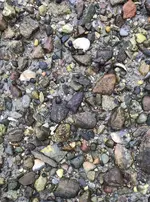
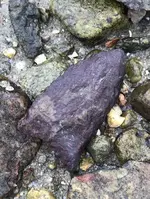
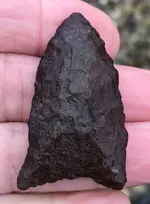
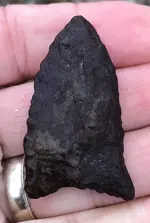
and the cleanup...
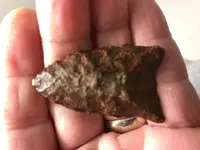
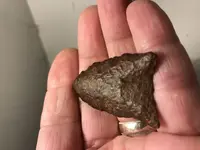
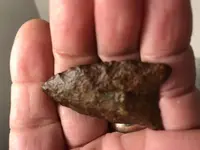
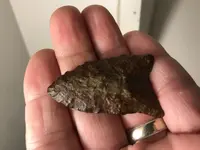
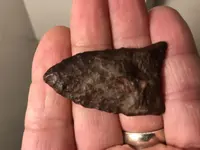
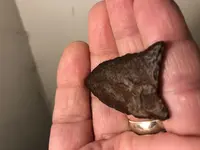
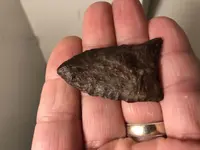
It has been tossed and polished and left with a shiney rusty patina. I'm not sure about the lithic, but it could be made from a native quartzite.
I'm on the fence between a Paleo and an Eared Triangular Brewerton. It clearly has a fine display side and problems on the other.
What do you think?




and the cleanup...







Last edited:
Upvote
0

